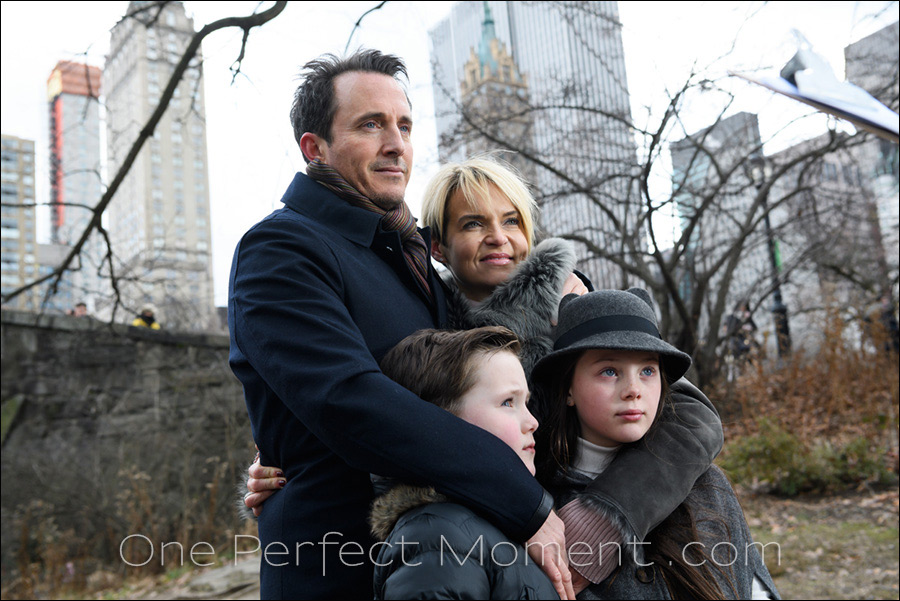
Dynamic off-camera flash – New York elopement wedding
This photo is my favorite taken during Ruth & Philip’s New York elopement wedding in Central Park. The genuine affection between them as the couple hugged their children closer during the ceremony in the park.
The essential element in photographing weddings is to capture the revealing moments and all the important points of the event. As a photographer, you can’t skip a beat. That’s a given. What you add to that in terms of composition and choice of lenses, and how you use light, (as well as post-processing), will define your style.
About the light and lighting – this day was overcast and cold, and being mid-winter in New York, grey and dreary. I can’t have my clients’ photos look like that – there needs to be a spark and life to the photographs! This is why I love using off-camera flash – it allows me a great measure of control over any scenario on location. More than just giving me nice light and cleaning up shadows under eyebrows, the off-camera lighting allows me dynamic lighting.
Dynamic lighting – in short, here it means that during the ceremony, I had my assistant stand on the “other side” of where I was shooting – think in terms of short lighting. With this photo, I was standing to the right of the officiant … and therefore I had my assistant stand to the right (and back) of the officiant. It is important that my assistant isn’t intrusive, so they will stand further back. The photo below shows the distance of the light. But I do try to keep the movement of the light as non-intrusive as possible.
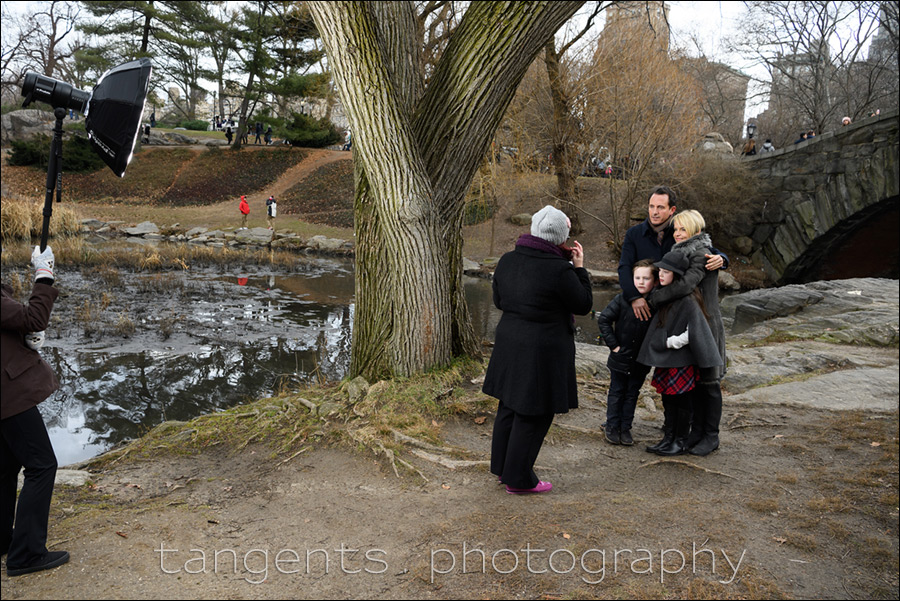
Working regularly with certain assistants, they know what I want, and can follow my instruction as I briefly point to a specific position.
That’s essentially it – for most of the time with the portraits, my assistant would be about 30′ off to my side, usually favoring the bride with good light. For the ceremony here, I wanted that specific lighting that is shown in that photo – short lighting. So when I am on the left of the officiant, the light would come from the right of the officiant; and when I’m on the right of the officiant, the light will come from the left.
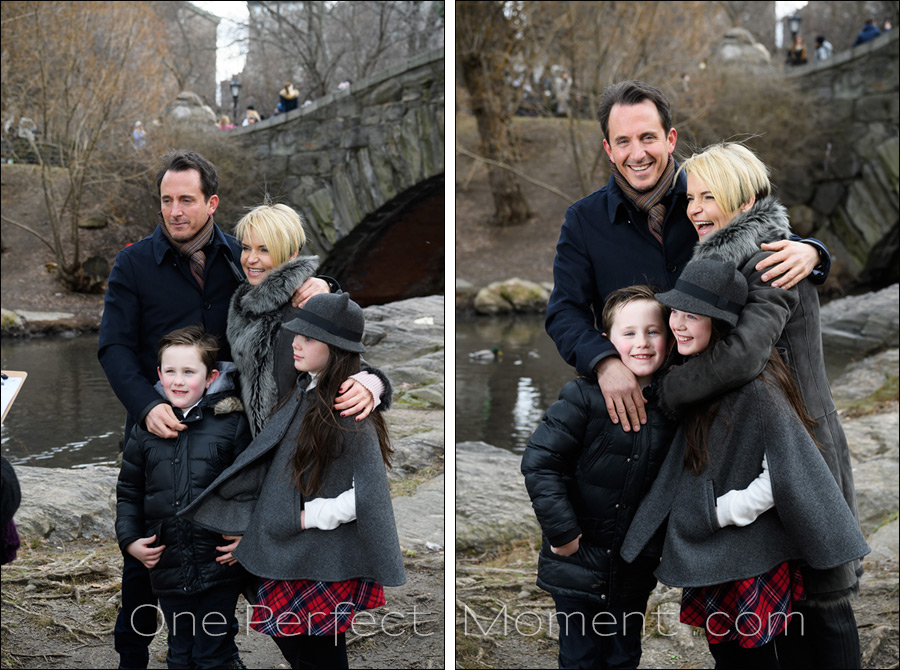
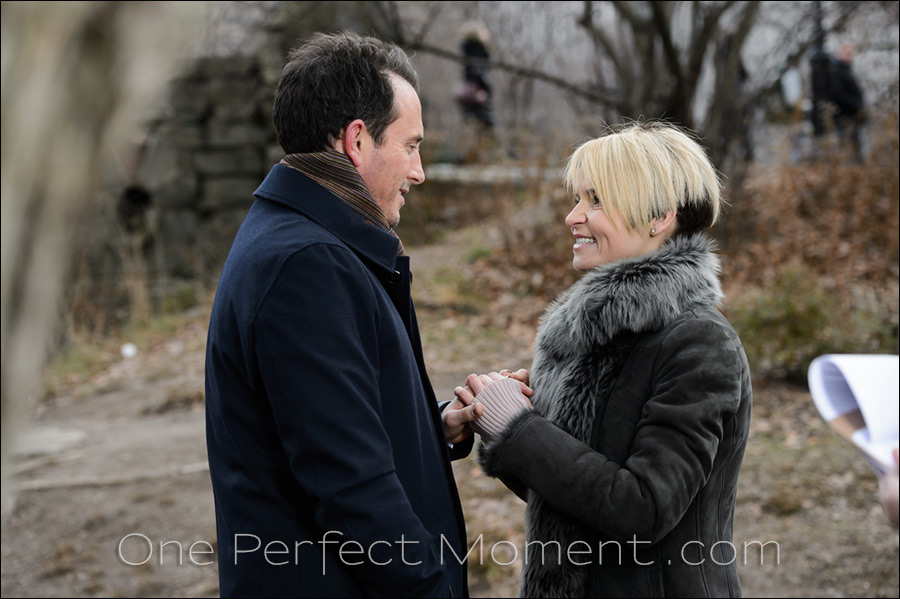
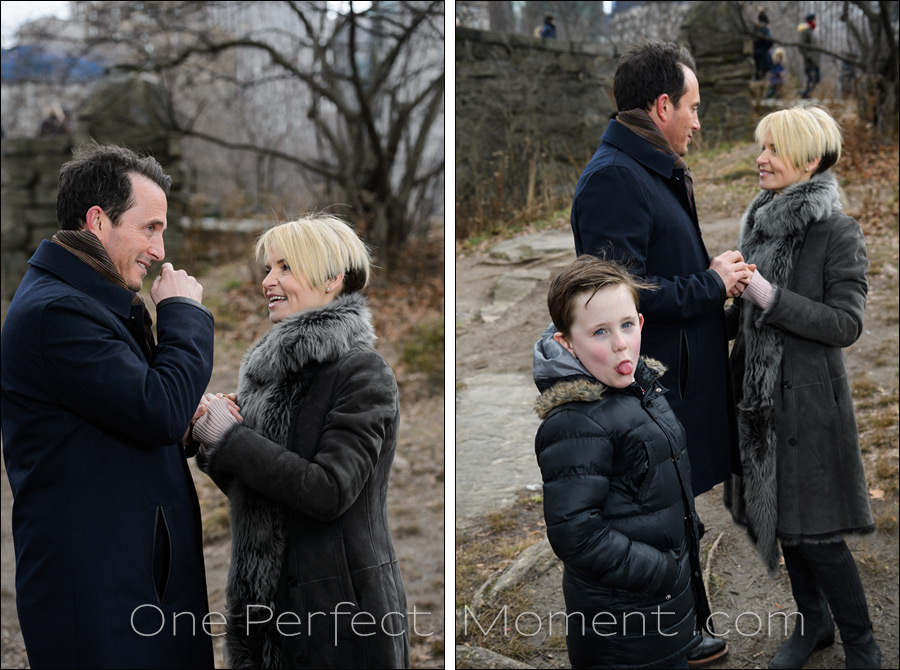
Photo gear used during this photo session
My main camera and lens were the Nikon D5 with the Nikon 24-70mm f/2.8E VR (affiliate), and the second camera was a Nikon D4 with the longer Nikon 70-200mm f2.8 AF-S VR II (affiliate). I dislike swapping lenses – mainly for the inevitable dirt on the sensor that will happen. So I tend to keep specific lenses on specific bodies when out on a shoot.
About the lighting gear – with photo sessions in New York, including elopement weddings, I nearly always have an assistant with me to hold an off-camera flash, and help with the small roller case with gear.
- Profoto B1 TTL flash (B&H / Amazon)
- Profoto OCF Beauty Dish (24?) (B&H / Amazon)
- 75″ tall Gitzo monopod to hold up the light
I try to bring as little gear as possible without risking everything falling apart with equipment failure. But this still means a second Profoto B1 in the roller case. Off-camera lighting is that essential to the look I get. It’s part of the style that my clients can expect.
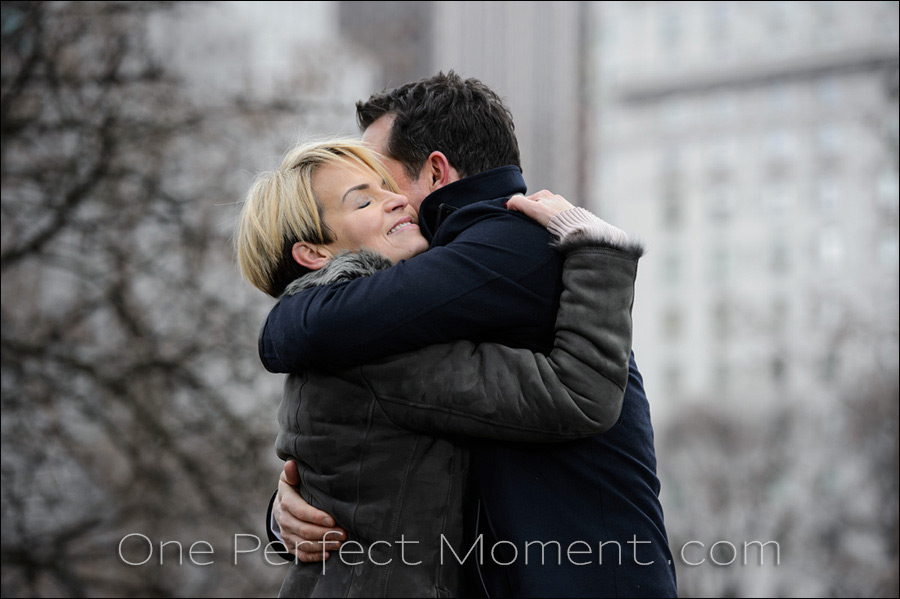
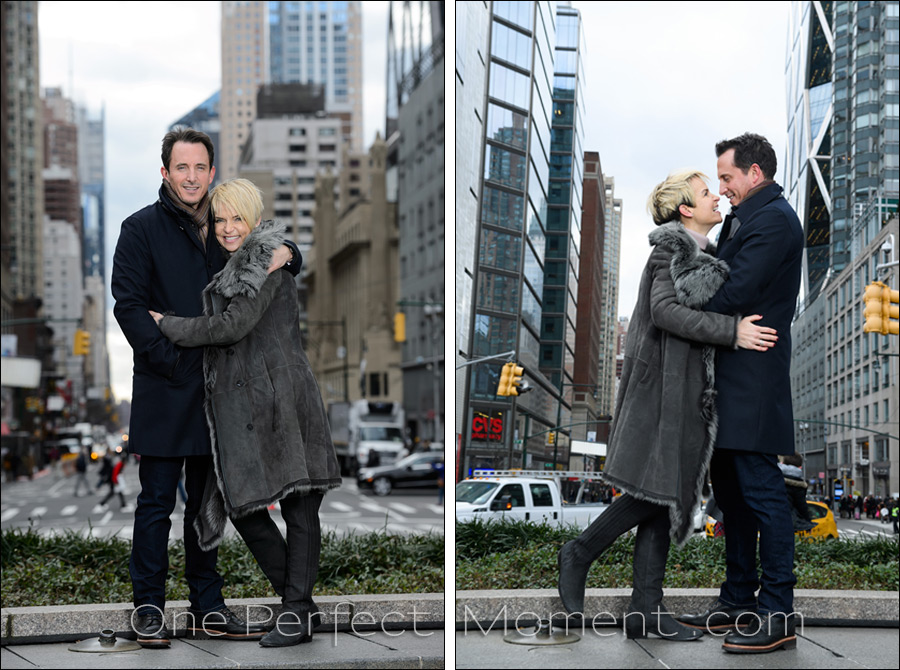
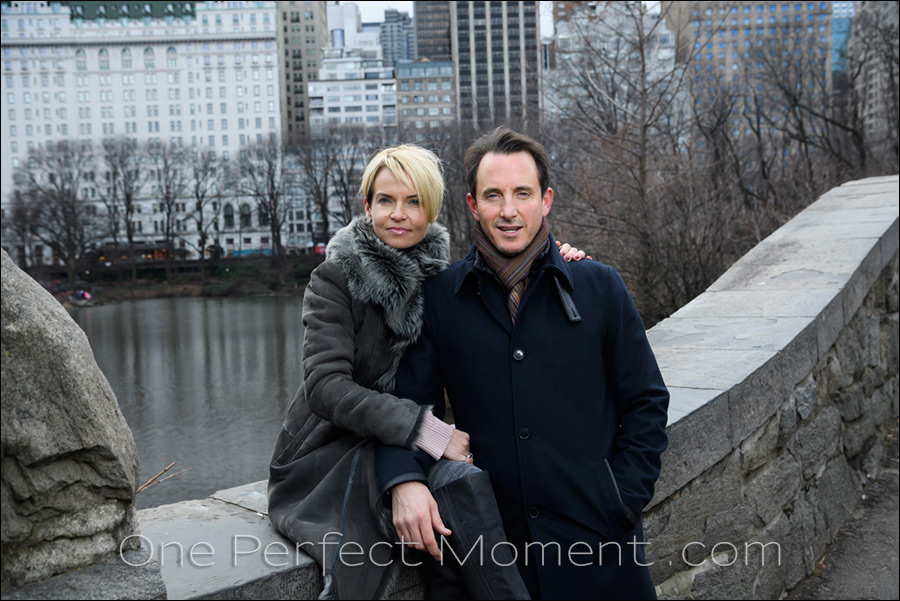
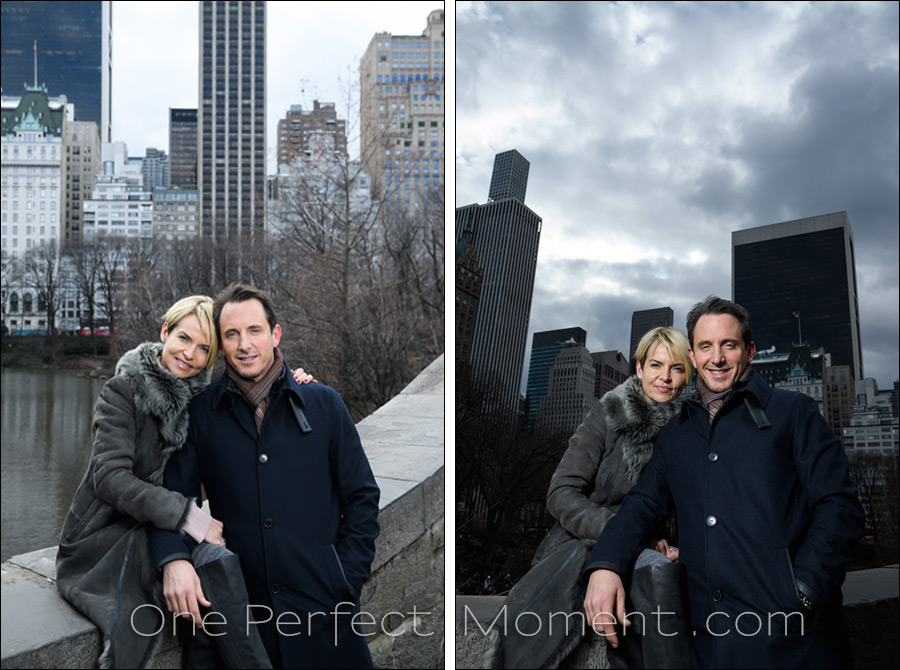
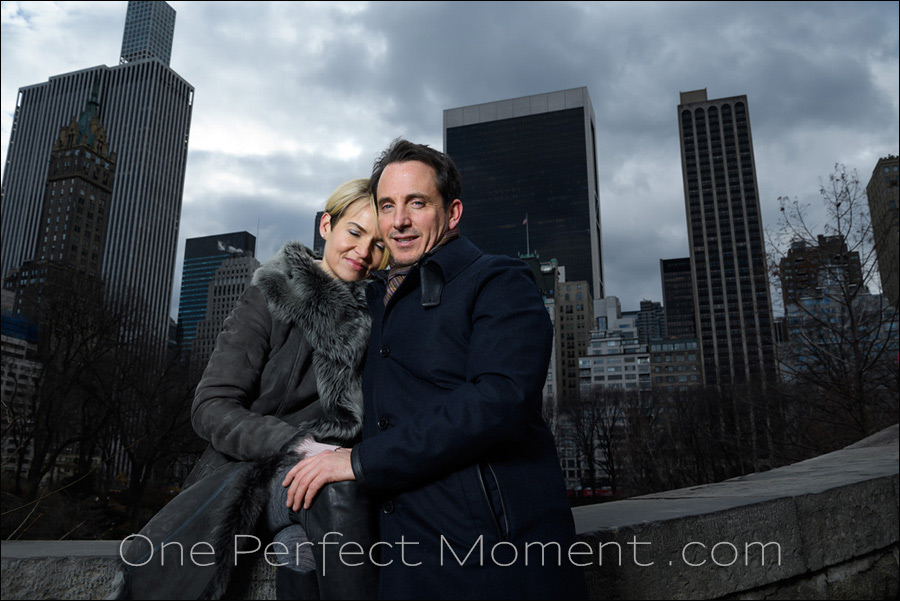
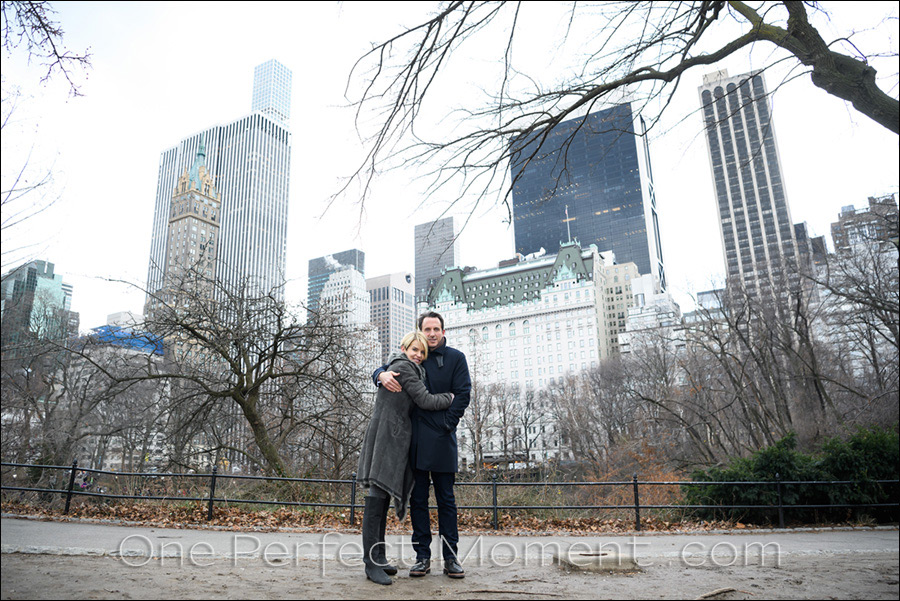
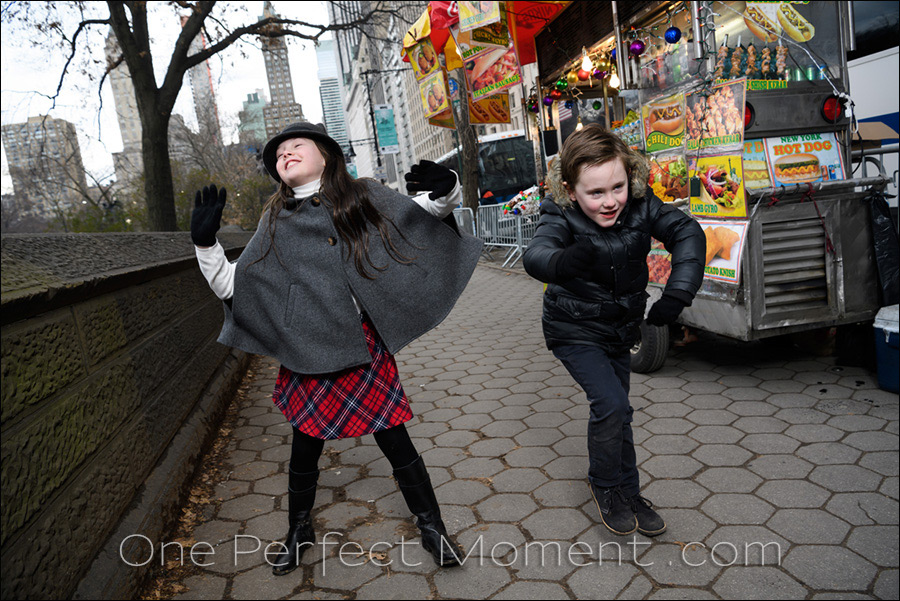
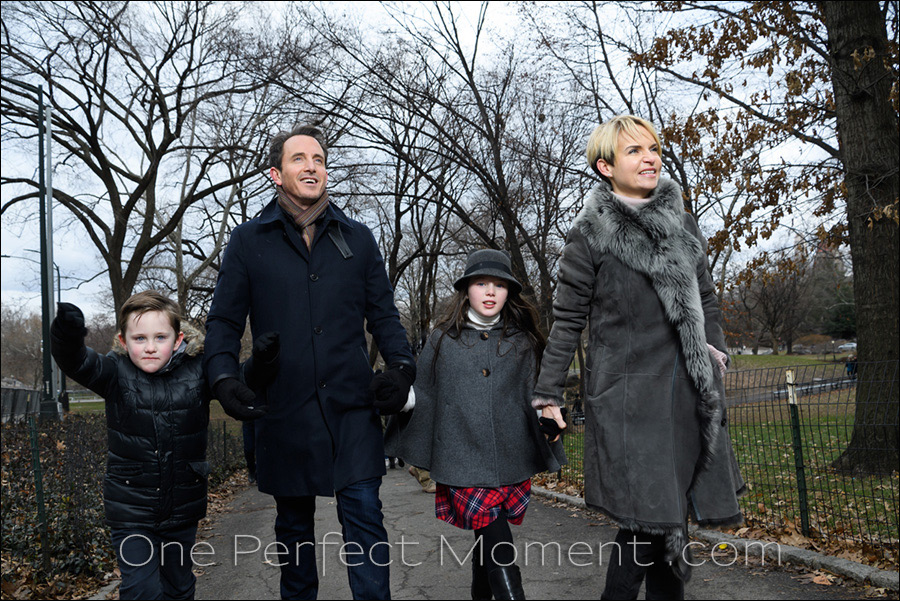
For more photos, check out the post on my wedding and portrait blog:
- New York elopement wedding in Central Park – Ruth & Philip
Related articles
- People skills for portrait & wedding photographers – Ianina & Connie
- Becoming more confident in posing people – Kelly & Joe
- Adapting your photographic style during a photo session – Rebecca & Max
- A wedding in Central Park, New York – Alvin & Lucia
wondering if some cto gel on the flash could be used here. but it may have not matched the scene lighting and look too stylized.
Sam .. when the flash is dominant, such as the more dramatic portraits (for example the photo on the right), then a gel on the flash would’ve given an interesting look with the background going even more blue.
However, for photos such as the image on the right, the gel would most likely just have complicated things by adding a much warmer tone, causing uneven white balance on their faces. And in a situation where you have to shoot fast and deliver good results, you’d just end up fighting something unpredictable.
Thanks for a great post Neil, I had seen these shots on your FB page, but nice to get the background and the pull back with the “officiant” to get that perspective.
Is it true that I have read in NYC that the monopod is your friend when using off camera flash, something about so long as the flash is not on a stand you don’t need a specific permit?
I am in Stockholm, Sweden but have my assistant use a monopod for the convenience even though there is no specific regulation regarding light stands use in the city.
Any specific head on the top of the monopod you have on there when using the B1 flashes? I just have a spigot screwed in to mine which works fine.
Also were there any of the shots where you used the 2nd B1 as well, or was that there just for backup?
I use the monopod for convenience as well – a proper light-stand would be a hinderance to keeping on the move.
I use this simple Manfrotto spigot on top of the monopod. Since the Profoto flash can swivel up and down, there isn’t a need for a more complicated spigot.
The second B1 was purely for backup. There wouldn’t have been an easy way to set it up as a backlight anyway, without a light-stand.
Hi Neil, When using the OCF were you using the diffuser? Also, setting the light so far away form the subjects were you maxing out the B1? What camera settings were you using?
Yes, I had the diffuser on, and the central white disc.
I don’t know what power setting the B1 was at … but it was an overcast day, so most of the photos where taken in the region of:
1/250 @ f/4 – f/5.6 @ 400 ISO
Happy New Year Neil, how do your camera batteries hold up in the cold? As a person who really does not well in the cold; I want to make sure my gear is ready to go without any issues as I want to shoot fast and stay warm. Do you have a pre shoot prep regimen for your camera gear for very cold weather shooting conditions ?
Erskine … I don’t particularly worry about how my cameras react in the cold – there are reasons why I favor the professional camera bodies like the Nikon D4 and D5 – they hold up well in the cold. And then I always carry spare batteries with me.
Hi Neil,
After reading many of your recent posts, it seems like you are using the Profoto B1 as your primary off-camera lighting source.
Is it correct to say that you have mostly stopped using Nikon speedlights for off-camera lighting? It looks like you are only using speedlights for bounce flash or situations where the Profoto would not physically fit (or disallowed).
Nonetheless, I do like that the Profoto B1 provides so much lighting power that it gives you options to deal with a variety of ambient lighting situations. I just wished I had some money to get one and its TTL transmitter. haha
Stephen … entirely correct. Nikon is lagging when it comes to off-camera flash. And the Profoto B1 is so easy to use – so much easier than using a PocketWizard trigger or RadioPopper trigger with a speedlight. Combine that with the brute power of the Profoto B1 which allows me to use high-speed sync with a softbox (for softer light), and it was an easy decision to only use the Profoto with off-camera lighting.
With indoors stuff such as the bride’s prep or wedding reception, I obviously still favor on-camera bounce flash.
Hi Neil, do you have examples of “High-speed sync with soft boxes? I’m not sure what you’d use this for.
When you use HSS with a speedlight in bright light, you are most likely going to use the flash bare – no softening with a light modifier of any kind. With it being a small light source, the light will be contrasty.
With the Profoto B1, you have enough power to achieve the same balance between flash and ambient light, but you have the luxury of using a softbox of some kind for more flattering light.
These two articles contain examples:
https://neilvn.com/tangents/photographing-engagement-photo-sessions-posing-lighting-context/
https://neilvn.com/tangents/wedding-photography-posing-tips/